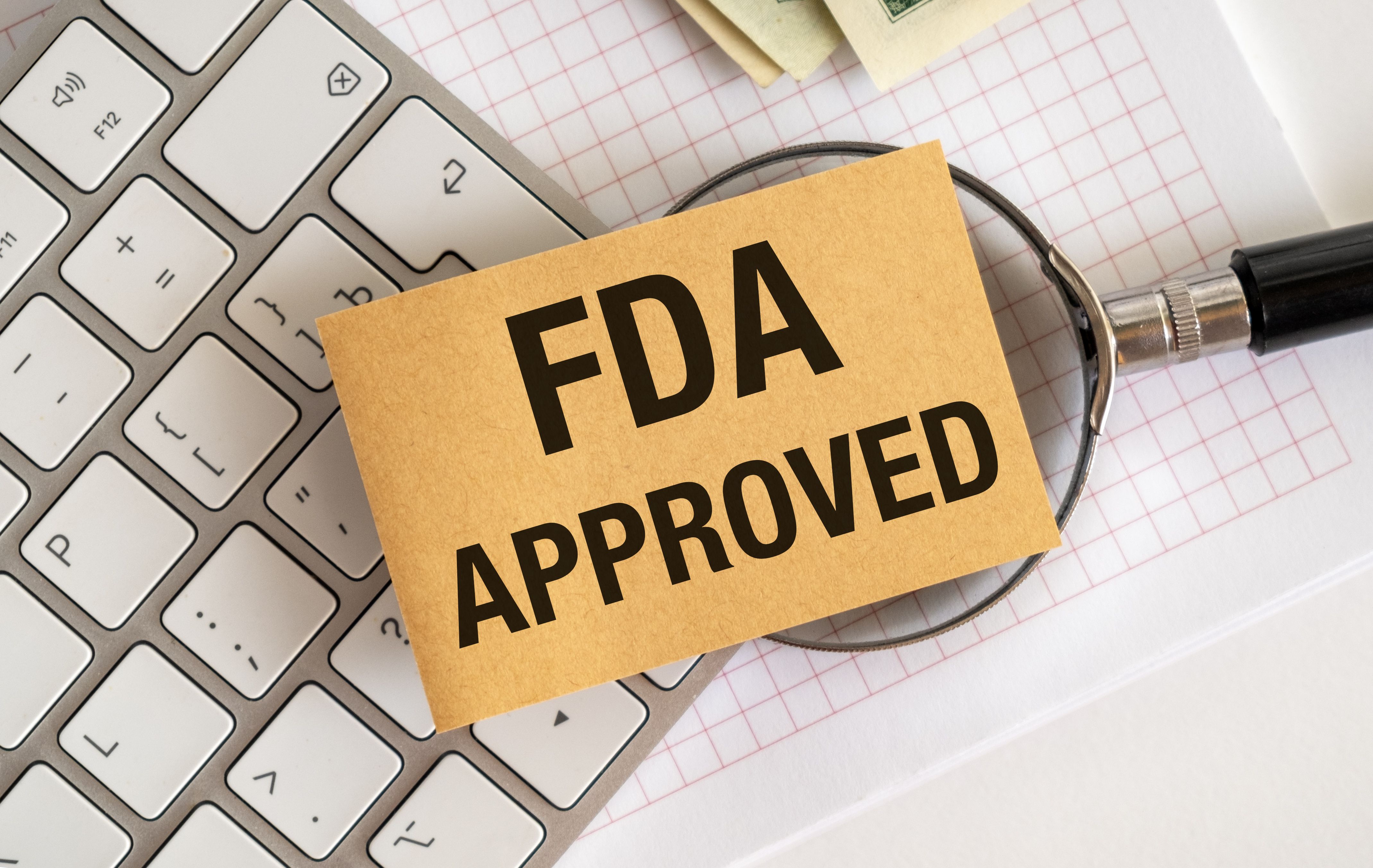Article
FDA Approves Orkambi to Treat Cystic Fibrosis in Children Aged 2 to 5 Years
Author(s):
While Orkambi was already approved to treat patients aged 6 years and older, this week’s approval marks the first time that very young patients, aged 2 to 5 years, have had a therapeutic option available to treat the cause of their cystic fibrosis.
The FDA has approved lumacaftor/ivacaftor (Orkambi) to treat the underlying cause of cystic fibrosis (CF) in children aged 2 to 5 years who have 2 copies of the F508del-CFTR (cystic fibrosis transmembrane conductance regulator) mutation, which is the most common cause of CF. While Orkambi was already approved for patients aged 6 years and older, this week’s approval marks the first time that very young patients have had a therapeutic option available to treat the cause of their CF.
“Cystic fibrosis is a systemic, multi-organ, progressive disease that is present from birth,” said John McNamara, MD, medical director of the CF program at Children’s Minnesota Hospital, in a statement. “Research suggests Orkambi could impact CF outcomes in patients as young as 2 years old. This approval is a significant development that enables physicians to begin treating the underlying cause of the disease in this population earlier than ever before.”
Click here to learn more about cystic fibrosis treatments.
The approval was based on a 24-week, phase 3, open-label trial in 60 patients, aged 2 to 5 years, in which researchers found that the safety profile of the drug was similar in this age group as it was in children aged 6 years and up. The most common adverse event (AE) was cough, and most AEs were mild to moderate in severity, though 4 patients experienced serious AEs (2 pulmonary exacerbations, 1 gastroenteritis, and 1 constipation), and 3 patients discontinued treatment due to AEs or elevated liver enzymes. The researchers noted that improvements in sweat chloride were observed at week 24, and improvements in key growth parameters were also present.
Despite Orkambi’s benefits, patients may face challenges in gaining access to the therapy. Bloomberg reports that the drug’s annual price of approximately $250,000 per patient has led New York State’s Drug Utilization Review Board in April 2018 to vote to demand that its manufacturer, Vertex Pharmaceuticals, drop the price to just $83,000 per year.
Other regulatory territories have also struggled with Orkambi’s high cost; the United Kingdom’s cost watchdog, the National Institute for Health and Care Excellence, rejected the drug on the basis of cost in 2016. Since then, England’s National Health Service has attempted to negotiate a price drop for the drug, which, reports PM Live, would reflect an approximate 90% drop in price. No agreement has yet been reached.
Newsletter
Stay ahead of policy, cost, and value—subscribe to AJMC for expert insights at the intersection of clinical care and health economics.





